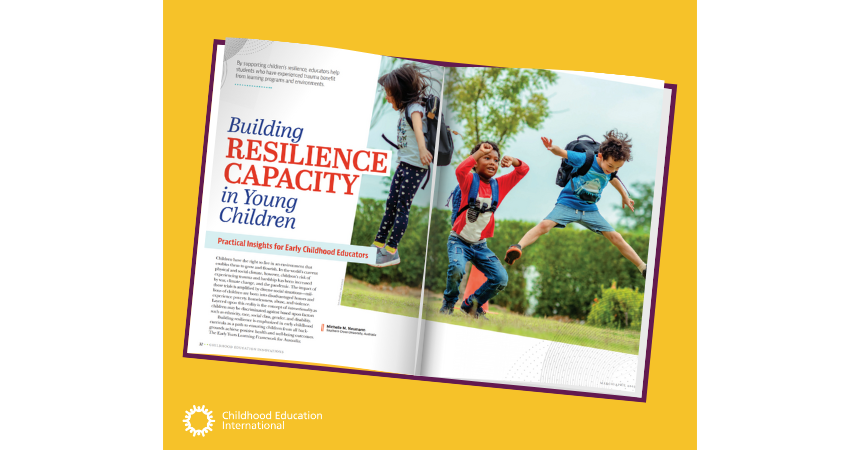Building Resilience Capacity in Young Children


What is resilience, and how should we think about resilience from intersectional and neuroscience viewpoints?
The article “Building Resilience Capacity in Young Children” in the March/April issue of Childhood Education Innovations provides practical resilience-building strategies that educators can apply in the classroom.
Resilience is essential for human survival. It allows children to respond and adapt to challenges and short- and long-term risks. Children who develop a resilience capacity can thrive even when faced with difficulties.
The article highlights several ways educators can support the development of resilience capacity in their students. Some include:
Subscribe to Childhood Education Innovations magazine to read the rest of this article and access other articles highlighting innovative solutions to education challenges from educators around the world.
Childhood Education Innovations is a magazine featuring articles that explore solutions to challenges affecting schools, teachers, and learners worldwide and showcases innovations to address those challenges.